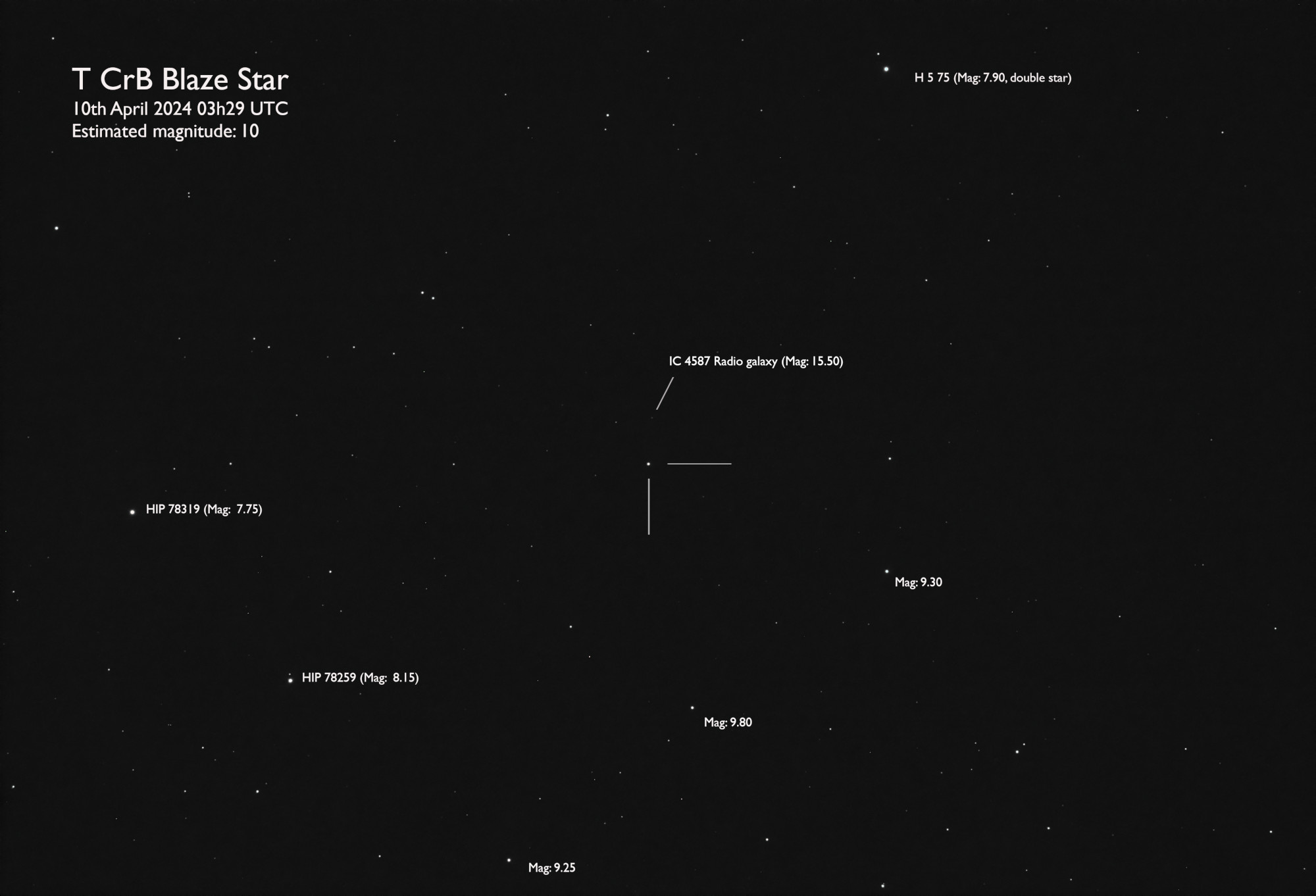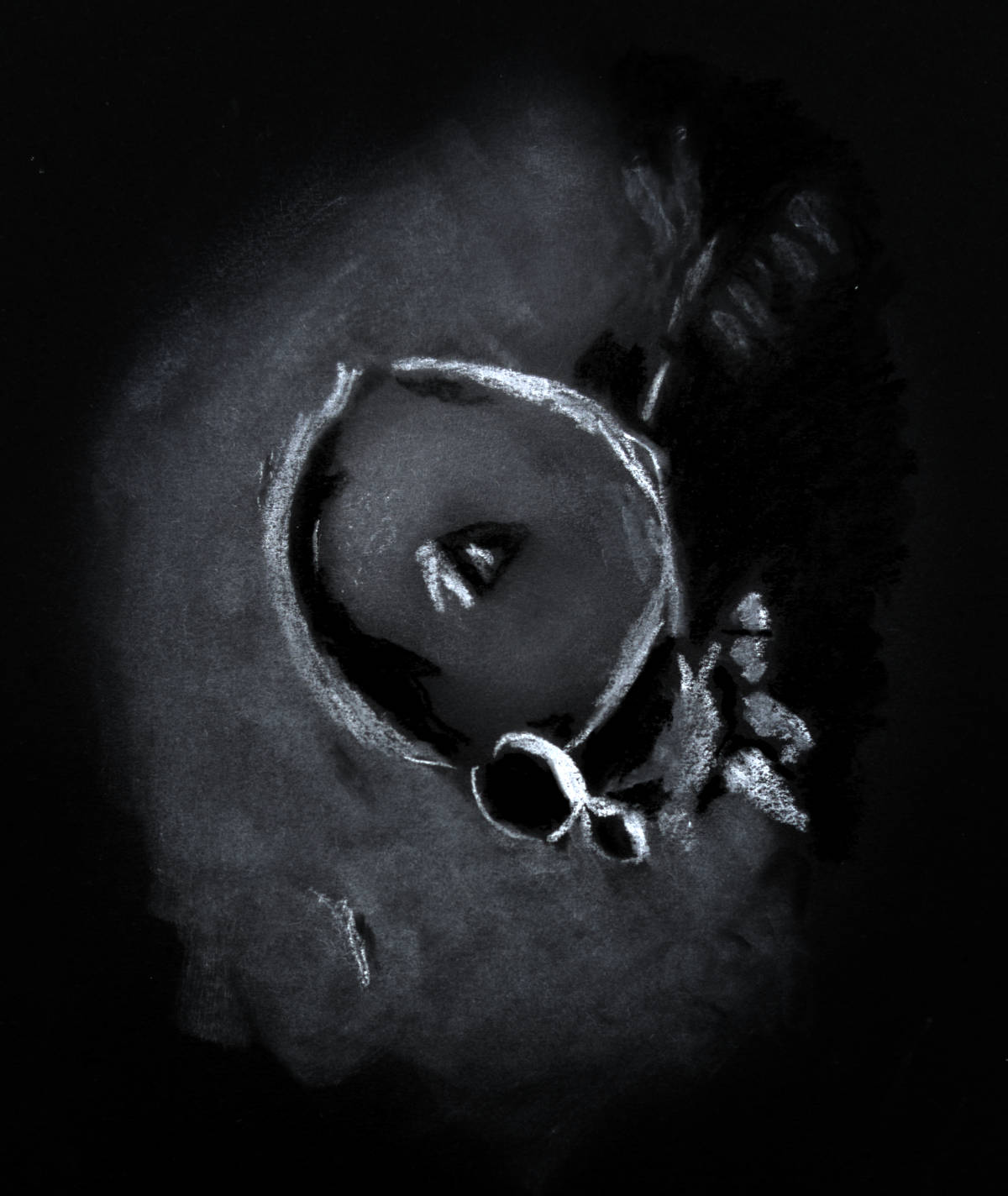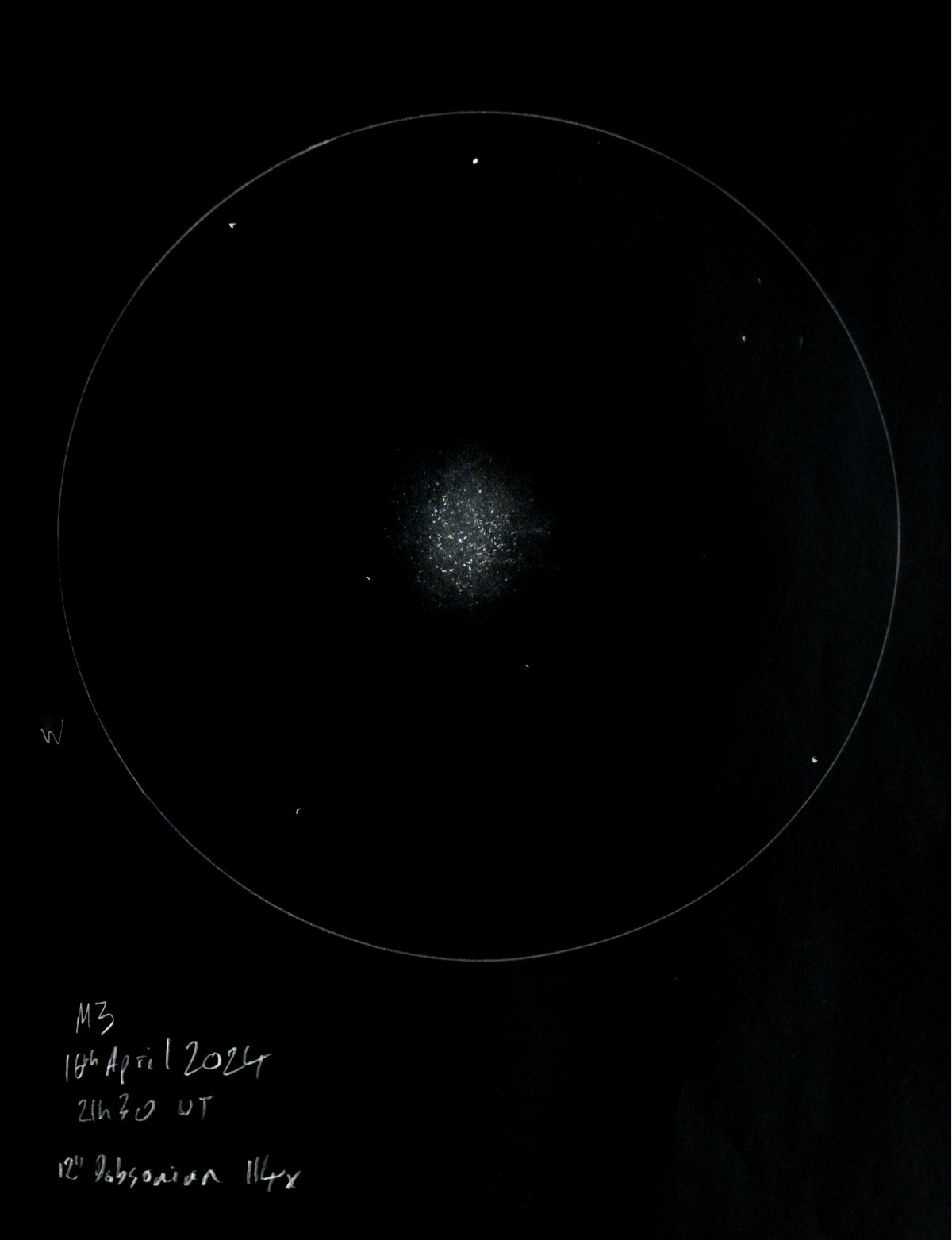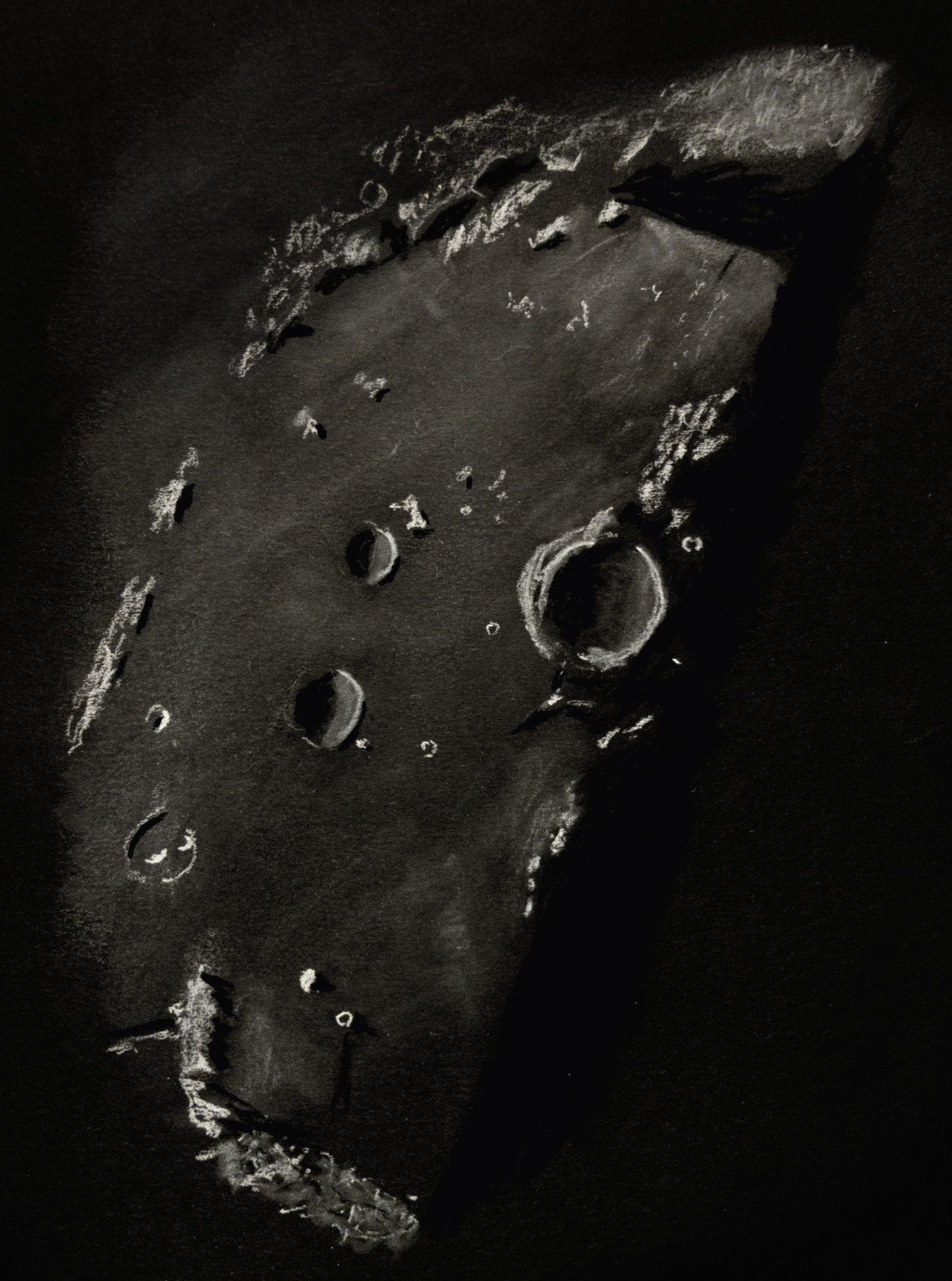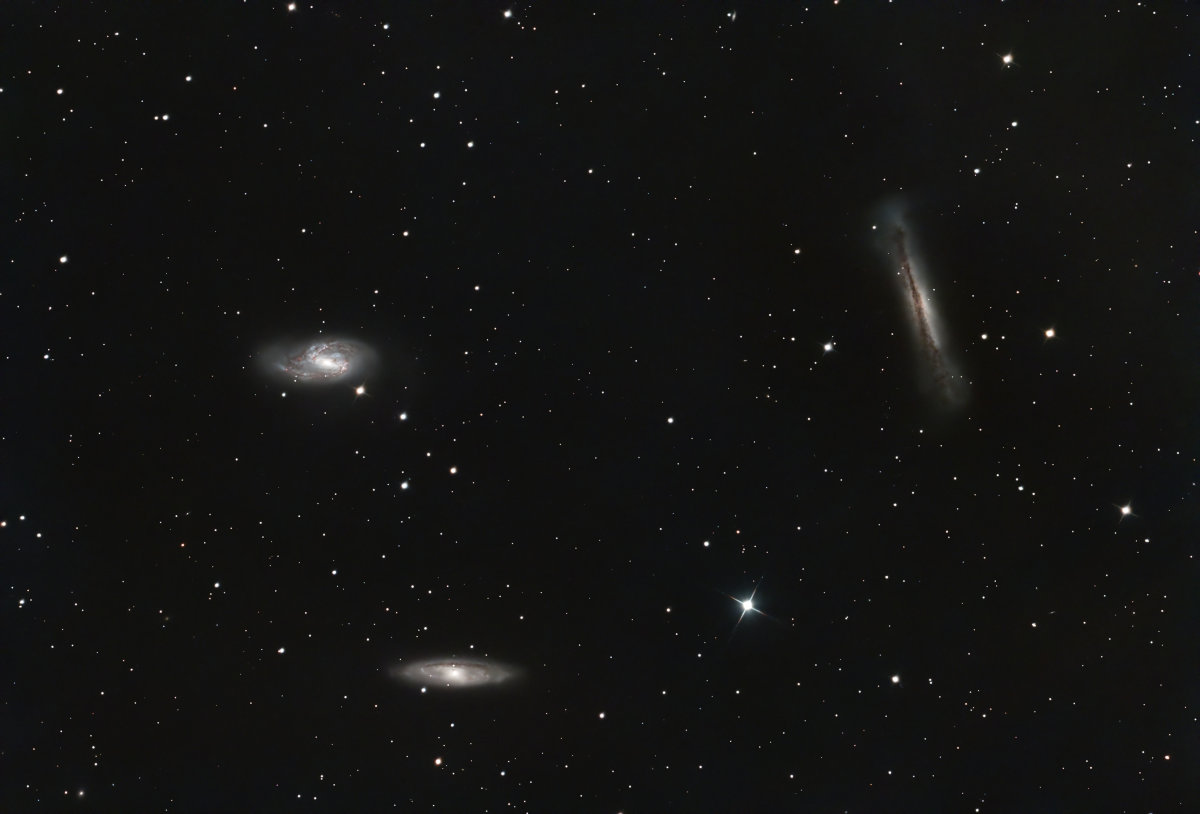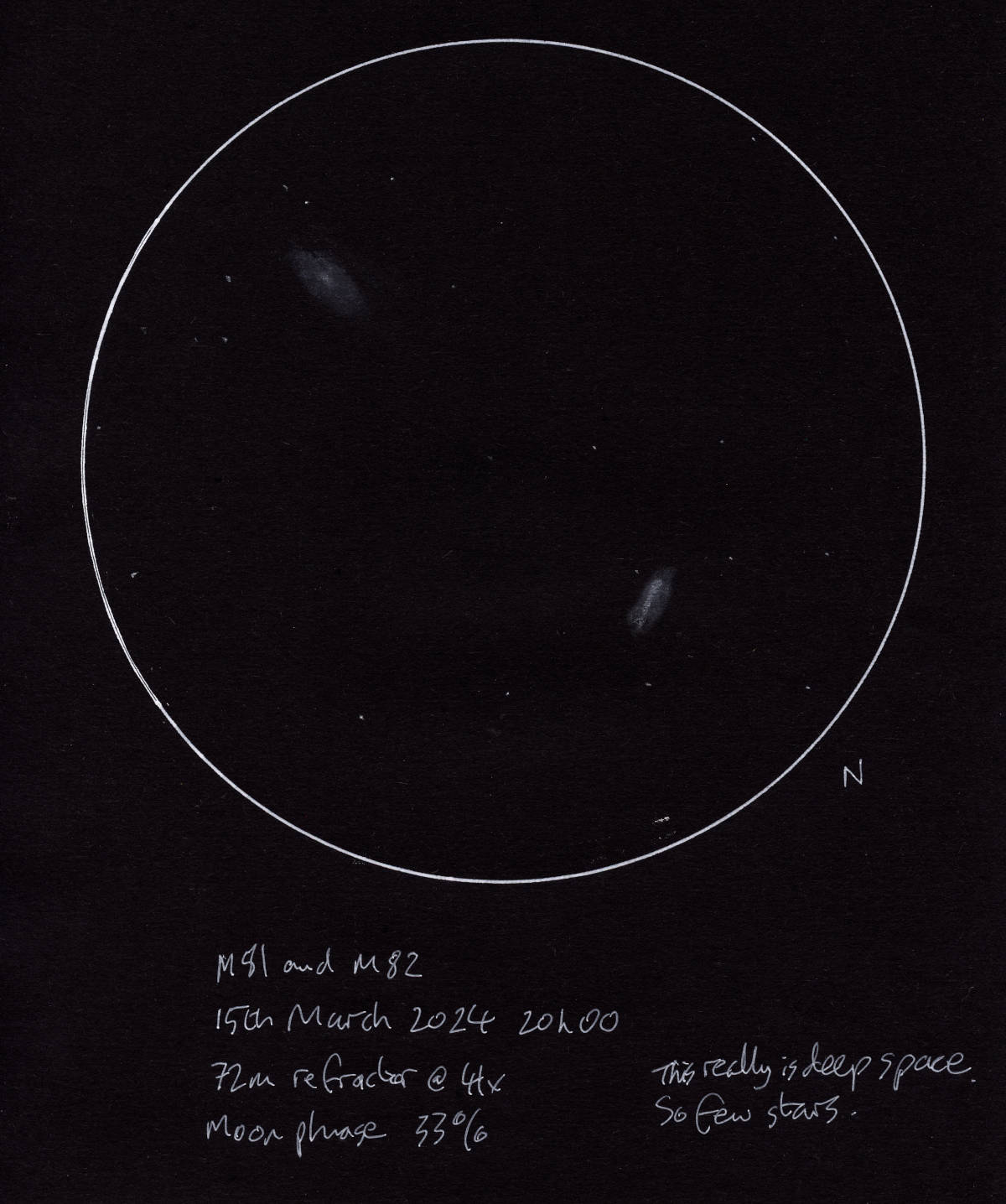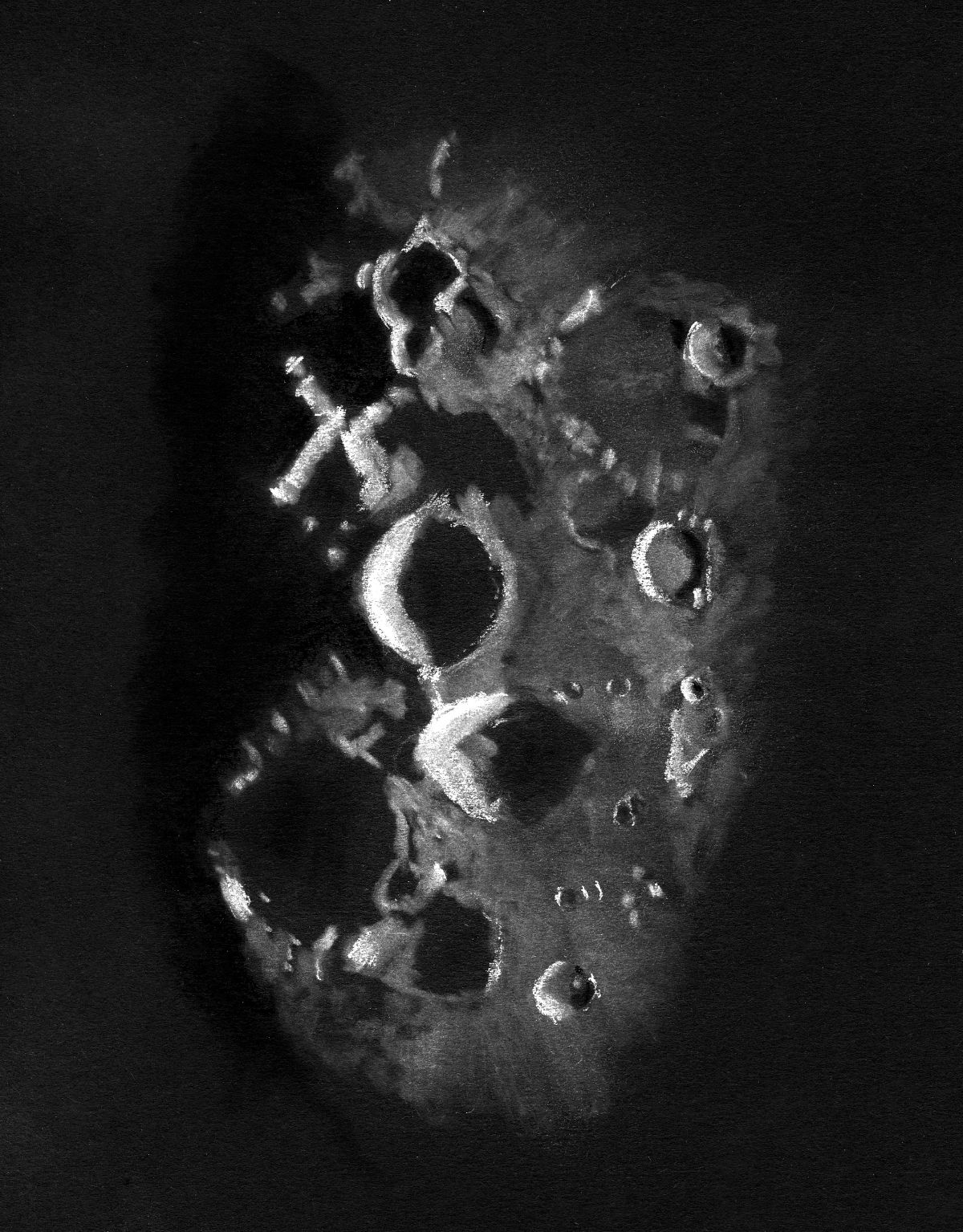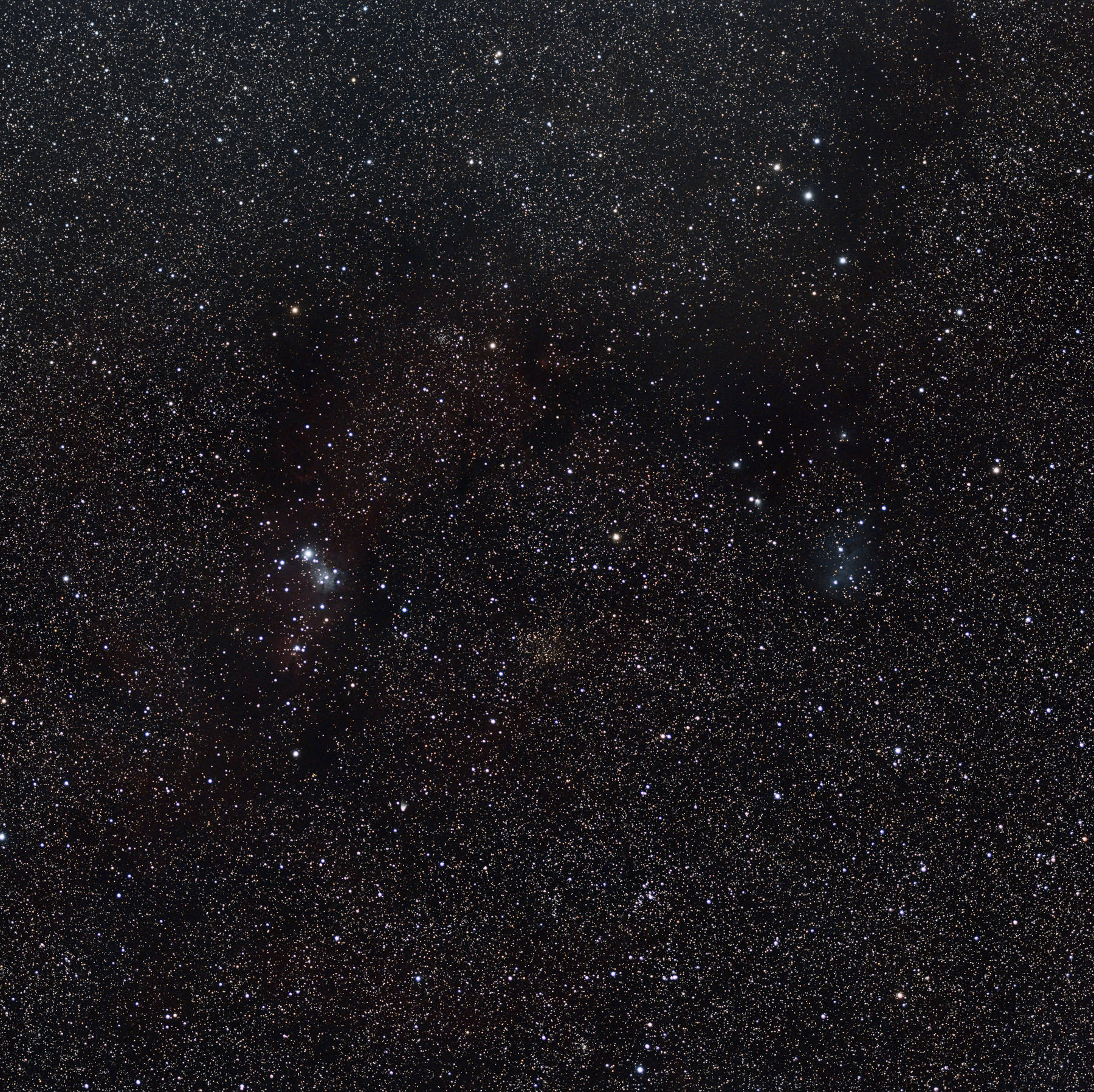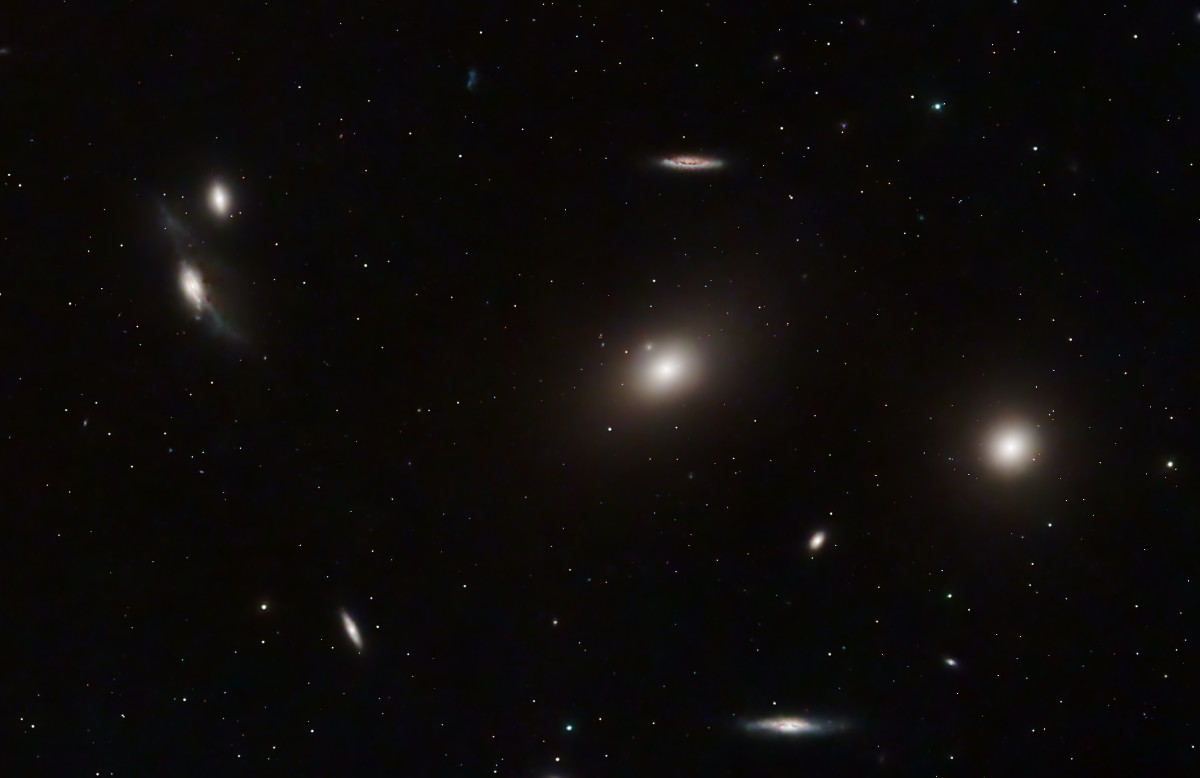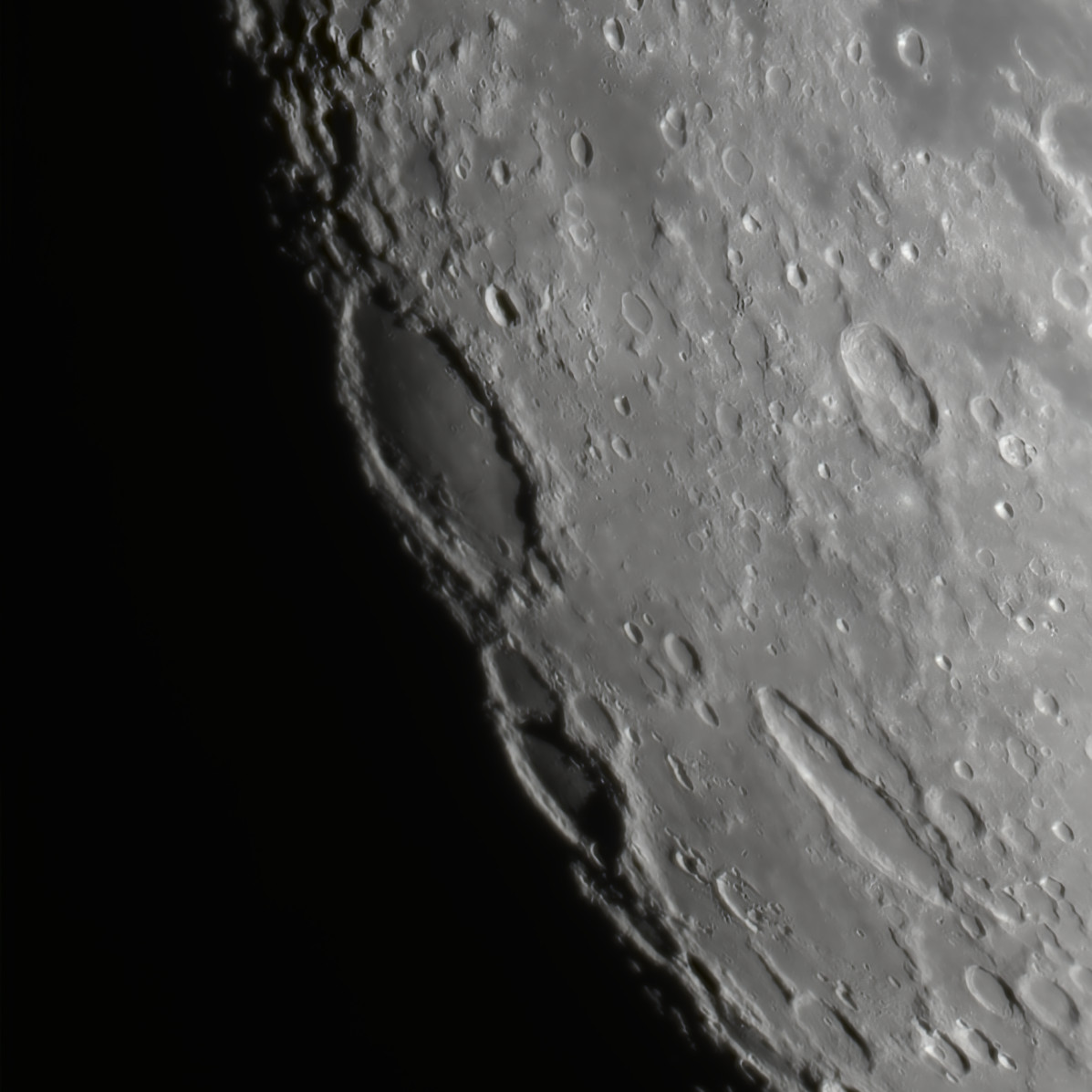
9th October 2022 After lots of tweaking and testing on Windows 10 and 11, the issues with the focusser finally seem to be resolved. I wish I could say definitively why the focussers hadn’t worked on either of the rigs but the common factor in the solution in both cases was new, high-quality micro USB to USB A cables and connecting to USB 3.0 ports rather then USB 2 ports. The takeaway from this is not to swap equipment between set-ups in Windows for fear of upsetting the flaky and frustrating assignment (or lack of it) of the virtual COM ports.
Last night’s guiding figures came in at a constant 0.7 - 0.8 arc seconds RMS which is significantly worse than I was getting when the star eccentricity was poor and frames were being discarded. However what I have now is RA and DEC RMS running very closely in parallel giving infinitely better star shapes. A case in point on not obssessing over stats but looking at actual results to judge the quality of one’s guiding.
I intend to revisit the balancing of the scope which at times seems to be tail-heavy and at others head-heavy depending on the pointing angle. This might help reduce star sizes and improve HFR which was hovering frustratingly between 3.1 and 3.7 and never below 3 to which level I know the scope can resolve.
The ultimate test of all this was to expose as normal for an extended period which I did overnight. The six-hour session of 5 minute subs produced no dropped frames!
The small rig wig the 80mm refractor ticked over nicely with similar consistent guiding at between 0.2 arc seconds and 0.3 arc seconds RMS.
4th October 2022 Desperate measures. The focuser would not work at all so I rebuilt my whole PC from a Windows reset up. Still it does not connect making satisfactory imaging impossible. I have written to Pavle at Deep Sky Dad for assistance as there is no workable option as far as I can see. I have missed one and a half clear nights with all the attempted bug fixing.
1st October 2022 In the end I took the rig back to scratch. I reworked the set up of the powerbox, camera and cabling, rebalanced and aligned. Then I revisited the basics of PHD2 and spent a few clear moments testing and tweaking the guiding settings and now have a functioning rig. Last night’s test gave a 10 minute sub with totally round stars although the RMS figure was significantly higher (0.6 - 0.9) than it was when I was getting the frequent correction spikes. The RA and DEC RMS figures now seem to be consistently close to one another so I am not getting the eccentric stars due to and wild dispency in one axis over the other.
Unfortunately, having disconnected the focusser to rebuild the setup it will no longer connect whatever I do.
24th September 2022 Tonight promises to be clear right through until morning. Unfortunately, what I thought was a fix (in daylight) for the focusser issue turned out not to have fixed everything. At the same time the focusser connection started being problematic again and none of the previous fixes would make it work. In the end I gave up and resorted to a single filter night (HA) with focussing using a Bahtinov mask. Additonally, this evening the mount lost its bearings and refused to go-to anywhere near its intended target which neccesitated a reconfiguration of Home and Park positions (several times). It took two hours to get a sequence up and running. Frustration doesn’t adequately express the negative vibe of this evening.
23rd September Another unexpectedly clear night allowed further testing. The wild spikes do seem to have gine but occasionally after dithering the tracking goes wildly awry. I abandoned testing before midnight when the focusser tube started to jam and it became apparent that taking the rig apart was probably required. The challenges not only continue but increase.
21st September 2022 An unexpected clear couple of hours gave the chance to test the guiding. On the whole things are working with the smaller scope and new cabling set-up. However, the guiding was losing it quite badly after a dither so I re-ran a calibration which produced its own set of warnings. Still now the guiding seems to have settled in the 0.35" RMS region and the stars are nice and round. The sky transparency was poor with lots of light cloud cover which I think is making the guiding a little more erratic than it might be. The wild 4" spikes seem to have been conquered so some progress has definitely been made. The spikes which do occur are coinciding exactly with increasing cloud cover.
17th September 2022 Today I replaced the 200PDS with the smaller 80ED refractor and completely re-worked the cabling. I also had to once more resolve the issue of the focuser COM port not being found and the connection failing (uninstalled and reinstalled NINA) and ASTAP failing to plate solve (my fault as I had not altered the scope parameters in the equipment config in NINA!) Unfortunately, the clouds will any prevent any further analysis in the next few days.
16th September 2022 The cautious optimism was misplaced and guiding is still much worse than it should be resulting in 50% of frames being discarded. I will completely revamp the set up and test with a smaller scope and new cabling set up.
15th September 2022 A few clear minutes gave the chance to test the guiding with re-routed cables and after an initial bouncy moment everything settled down to guide in the .030 to 0.35 RMS region. The graph is less smooth than I would like and there were some spikes but the sky was intermittently interuppted by large, translucent clouds so this may be to be expected. A seven minute exposure, however, produced nice round stars so I am now I am cautiously optimistic.
14th September 2022 Testing the new lighter guiding rig with a new calibration and guiding assistant run has not produced an improvement. I have re-routed all the cables so that I can be sure that snagging is not the cause of the problem. Unfortunately, once the observatory roof was off for testing the clouds rolled in again!
26th August 2022 Last night I removed the 80ED used as a guide scope and replaced it with the much smaller and lighter SvBony 50mm guide scope. This allowed one 5kg counterweight to be removed reducing total weight carried by around 9kg. Unfortunately the sky clouded over before I could test the effectiveness of this change.
22nd August 2022 Next test for fixing the guiding is to reduce the weight carried by the mount, even though it should be well within what it can carry. There are two options - i) use the off-axis guider or ii) go back to using a smaller guide scope and reduce the balancing weights by one. First I will try the second option to avoid disrupting the imaging train.
20th August 2022 I reset the PHD2 guiding algorithms back to use hysteresis and dialled down the agressivity of the corrections then ran a guide assistant process for ten minutes to take it through one whole worm cycle plus a bit. To start with the results were spectacular with guiding RMS between 0.15 and 0.19 but then the extreme spikes started to reoccur with this result:
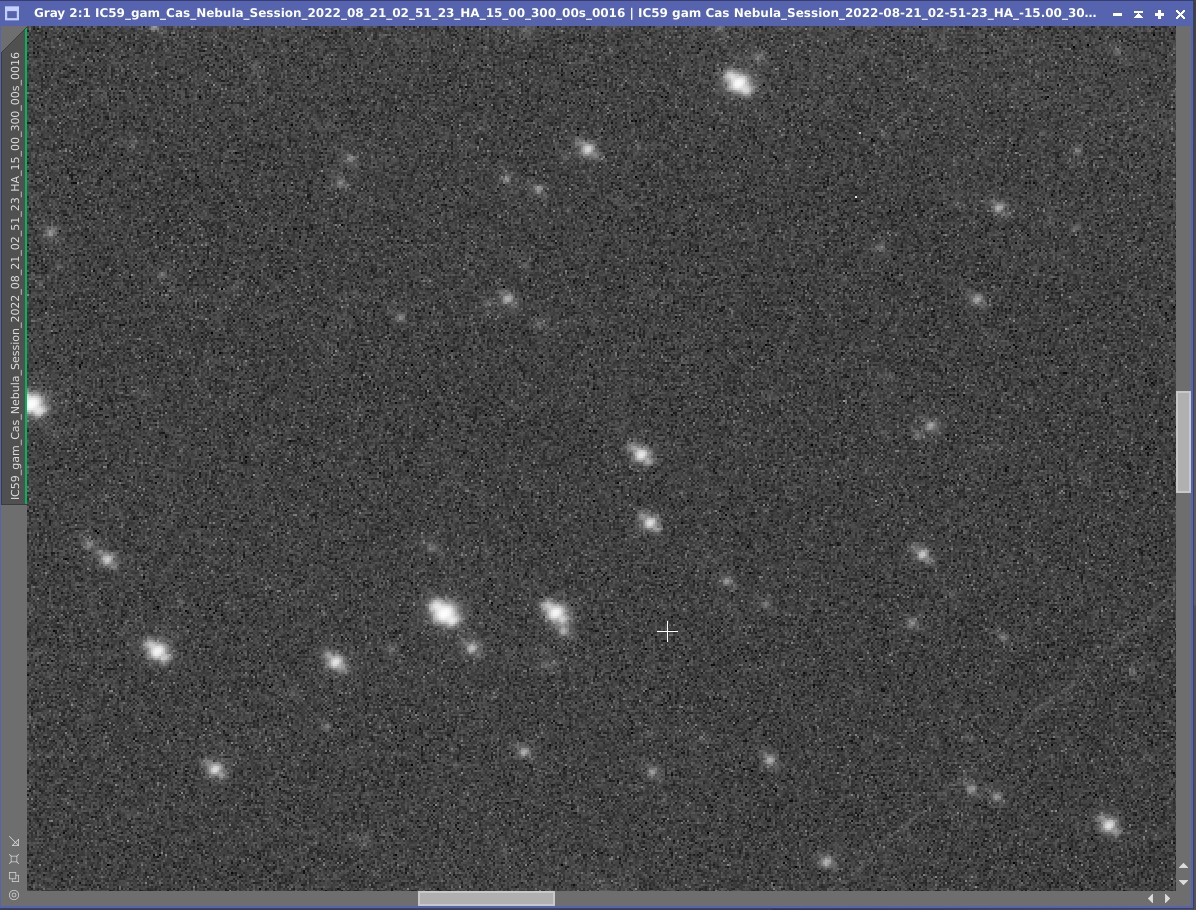
Sometimes this might have been due to passing cloud but it also happened when there was no obvious obstruction to the guiding process. Cable snags were investigated and found not to exist. The seeing was not great with a gusty breeze but I still feel that the guiding should be more consistent. Here is one of the charts and the data to go with it.
Guiding Begins at 2022-08-21 01:21:18
Equipment Profile = EQ6R-ASI120
Dither = both axes, Dither scale = 1.000, Image noise reduction = 2x2 mean, Guide-frame time lapse = 0, Server enabled
Pixel scale = 3.03 arc-sec/px, Binning = 2, Focal length = 510 mm
Search region = 15 px, Star mass tolerance = 50.0%, Multi-star mode, list size = 12
Camera = ZWO ASI120MM-S (ASCOM), full size = 640 x 480, have dark, dark dur = 2500, no defect map, pixel size = 3.8 um
Exposure = 2500 ms
Mount = EQMOD HEQ5/6 (ASCOM), connected, guiding enabled, xAngle = 8.8, xRate = 1.353, yAngle = -75.4, yRate = 2.645, parity = +/-
Norm rates RA = 7.4"/s @ dec 0, Dec = 8.0"/s; ortho.err. = 5.8 deg
X guide algorithm = Hysteresis, Hysteresis = 0.100, Aggression = 0.700, Minimum move = 0.098
Y guide algorithm = Hysteresis, Hysteresis = 0.100, Aggression = 0.800, Minimum move = 0.150
Backlash comp = enabled, pulse = 2170 ms
Max RA duration = 2500, Max DEC duration = 4485, DEC guide mode = Auto
RA Guide Speed = 7.5 a-s/s, Dec Guide Speed = 7.5 a-s/s, Cal Dec = 1.0, Last Cal Issue = None, Timestamp = 20/08/2022 23:39:45
RA = 1.12 hr, Dec = 56.5 deg, Hour angle = -2.91 hr, Pier side = West, Rotator pos = N/A, Alt = 64.7 deg, Az = 63.2 deg
Lock position = 101.347, 285.581, Star position = 101.347, 285.581, HFD = 2.00 px
| Axis | RMS | Peak |
|---|---|---|
| RA | 0.57" (0.19 px | 3.41" ( 1.12 px) |
| DEC | 0.99" (0.33 px) | 6.53" ( 2.16 px) |
| TOTAL | 1.14" (0.38 px) | Elong.: 5% |
16th August 2022
The current guiding problems take the following form: periods of between three and fifteen minutes of excellent guiding (0.2 - 0.3 arcsecs RMS) interspersed with huge spikes of four arcsecs deviation. The result is not so much blurred stars as stars with ghost images nearby or Saturn-shaped haloes.
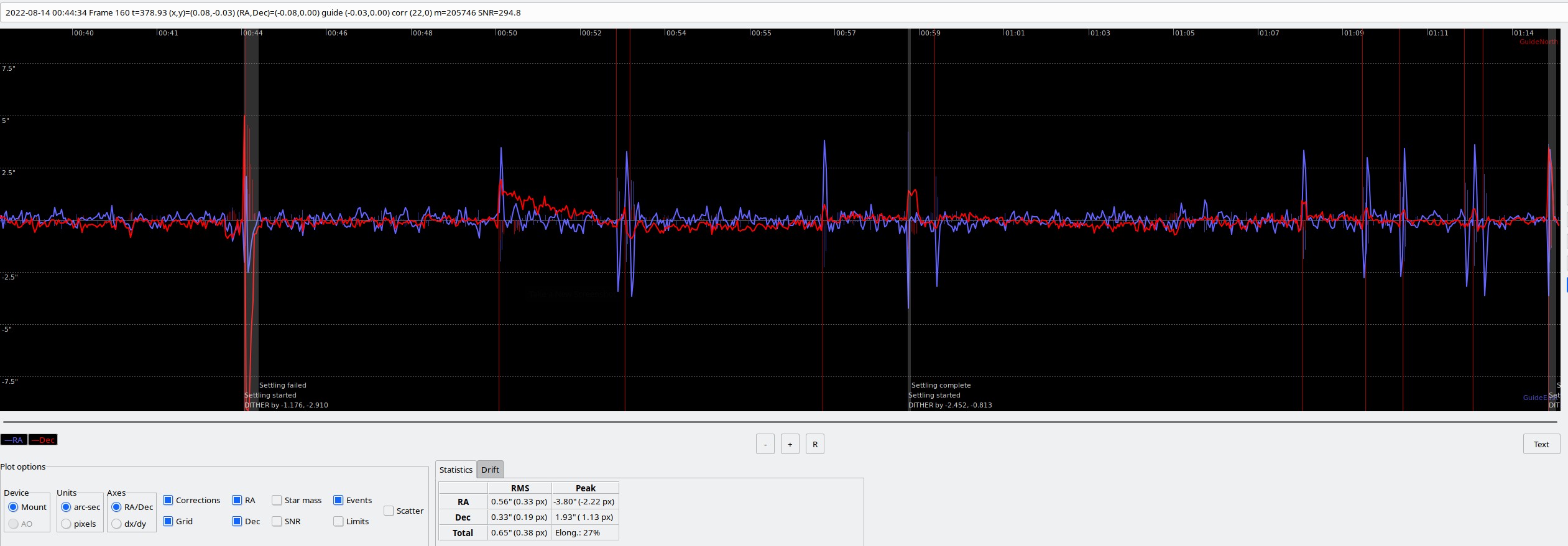
PHD2 guiding graph showing spikes of poor guiding performance over 36 minutes
I have experimented with the PHD2 guiding algorithms to little effect.




